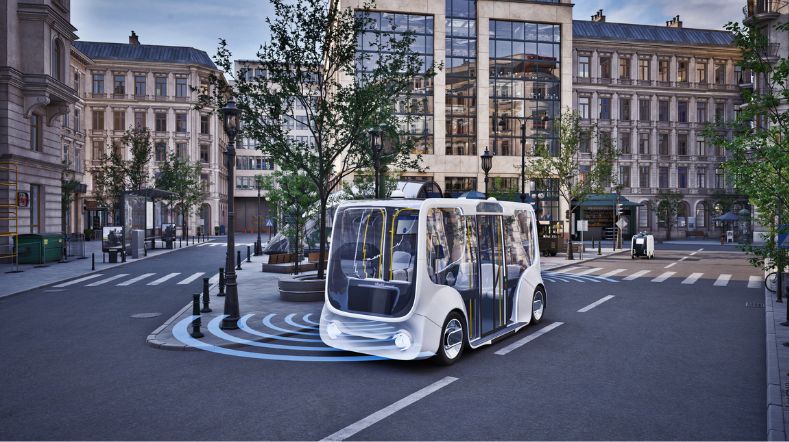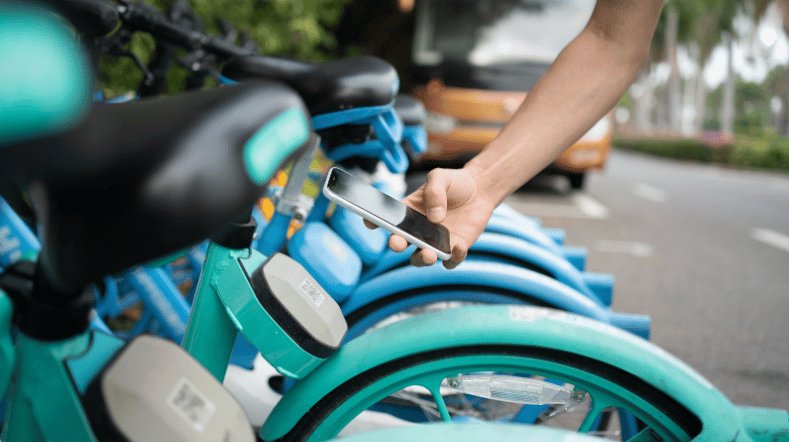
Mobility transition
TNO believes that cities need a mobility transition to remain liveable and accessible to everyone. Mobility must take up less space, because space is scarce. Mobility must become cleaner and safer. And all residents must be able to move to the facilities that are important to them. These are the challenges that TNO is working on.
Challenges mobility transition
What is the impact of car-free zones and fewer parking spaces? There are all kinds of new ways to get around; shared transport, ‘mobility-as-a-service’ solutions, mobility hubs and technological innovations such as automated driving. What influence do these new developments have on liveability and accessibility?
What is the impact of not travelling, such as working from home, and how can you stimulate that? And what is the influence of prices and subsidies?
We help answer all these questions so that the mobility system of the future can become a reality.
Why TNO?
TNO knows the mobility system inside and out. Our specialists help public authorities and companies to gain momentum in the mobility transition. As we help to assess the impact of new mobility concepts, we also work on innovations of our own. An example is our innovative agent-based traffic model, with which we can model urban dynamics on a large scale. Compared with current models, this technology is more realistic and allows predictions to be made that take human behaviour into account. Our goal is to create a liveable city where key functions are easily accessible for everyone.
Examples of issues that TNO can assist with as your innovation partner:
- Making the 15-minute city concept (proximity to functions/facilities) applicable in practice and supporting decision-making on necessary changes in mobility (more cycling and walking, less motor vehicle traffic)
- Pragmatically achieving broad prosperity in, for example, new-build neighbourhoods, with an eye for liveability/accessibility for all residents
Get inspired
Don't jump on every innovation bandwagon: TNO's framework to help cities make smarter mobility choices


Urban space


Zero emission urban mobility


How governments can make MaaS work to societal goals


With Urban Strategy, TNO connects with innovative U.S. West Coast in San Diego


